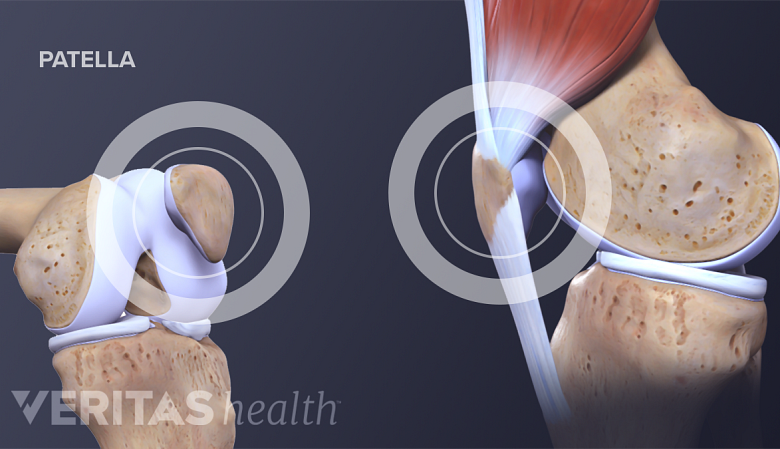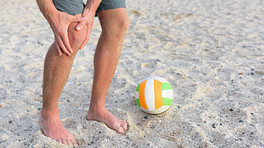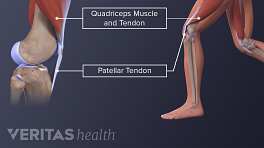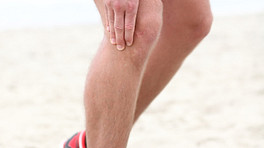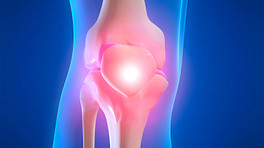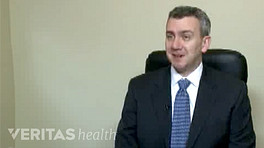Any injury to the patella bone, or kneecap, is called an acute patellar injury. The use of acute refers to the sudden onset of these injuries.
See Treating Acute Sports and Exercise Injuries in the First 24 to 72 Hours
The patella bone serves as a protective shield to the rest of the knee joint and its soft tissues and is embedded in the patellar and quadricep tendons. The patella is affected by any impact to the front of the knee as well as traction injuries related to its tendon attachments.
A patellar injury refers to an injury to the patella bone, or kneecap.
In This Article:
- About Acute Patellar Injuries
- Symptoms of an Acute Patellar Injury
- What to Do When an Acute Patellar Injury Is Suspected
Typically, these injuries are caused by either:
- An external object colliding with the kneecap.
- The resulting pressure of the knee hitting the ground at speed.
- Traction across the tendon under while bearing weight.
- Forceful contraction of the quadriceps muscle while the knee is in a valgus position, leading to displacement of the patella.
For example, an athlete diving onto the court in a basketball game or being tackled by the knees in a football match might sustain an acute patellar injury.
Common Patellar Injuries
Four of the most common acute patellar injuries are:
- Knee dislocation. The patella moves out of place due to impact or pressure.
- Patellar fracture. Pressure, impact, or contact causes the patella to crack partially.
- Avulsion fracture. Forceful contraction of the quadriceps tendon under load with avulsion fracture of patella.
- Chondromalacia patellae. Recent impact or pressure causes inflammation of the underside of the patella.
The specific symptoms and treatment will depend largely on the severity of the injury. For example, the kneecap may have one hairline fracture, or it may be shattered with fractures in multiple places.
